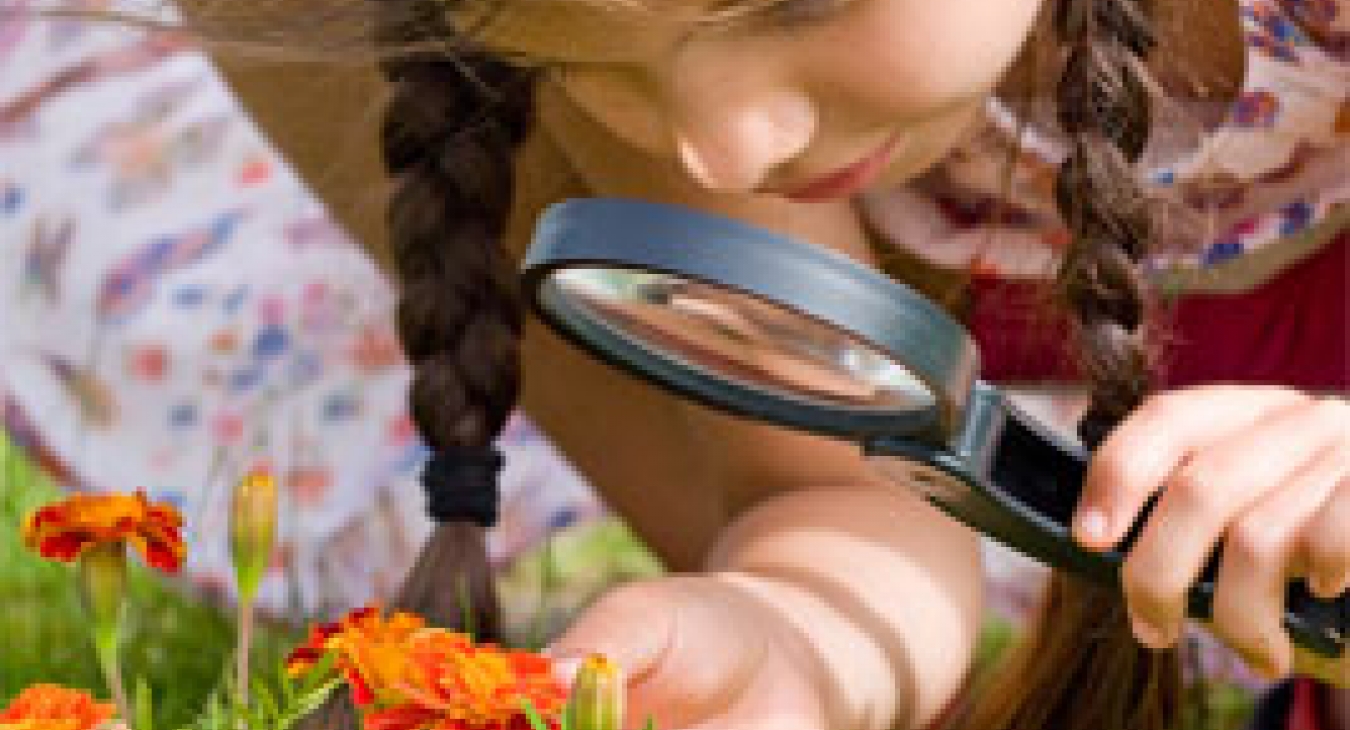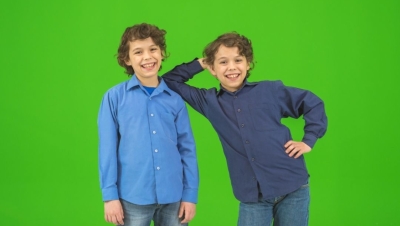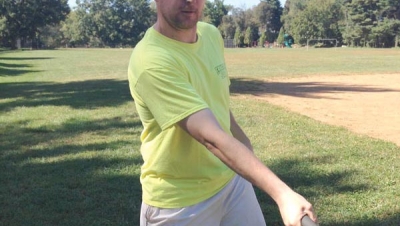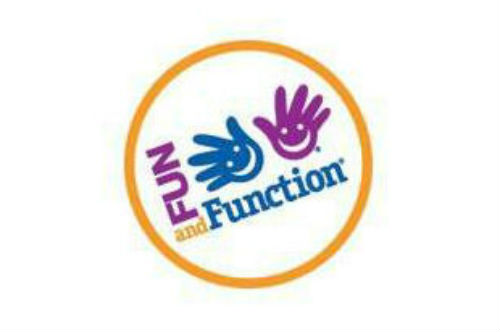The Need for Self-Directed Play - Jay Beckwith
Let’s be frank. Today’s kids face two situations that are unprecedented in human history. First, for the most part their movement and activities are highly constrained. We know that the distance they can travel unsupervised away from their homes has been reduced from miles to feet. We also know that the amount of time they spend in self-directed play has diminished from hours to minutes.
On the other side of this is the trend in “modern” playgrounds that are almost exclusively devoted to gross motor activity with the occasional sand pit. The loss of freedom to roam means kids must be driven to parks, their time there will be supervised, and the lack of diverse play experiences will be limited and, to use the kid’s words, boring.
This is new. The parents of today’s kids had a lot of access to self-directed play experiences. They have personal experience with the value they derived from these play episodes, from building deep friendships to developing skills to overcome challenges. These same parents often voice concerns about the amount of exposure their kids have to various media. They often worry about their lack of exercise and diet. Yet even with all of these concerns and direct knowledge of the value of self-directed play, all too many parents are still willing to sequester their children.
When asked to explain these parenting decisions, we often hear concerns about cars, abduction, and social conflict within the neighborhood. To the extent these concerns are real, there are well known ways of addressing these issues. Yet rather than work to put in place traffic calming street features, neighborhood watch programs, and teaching conflict resolution, it is easier to just leash their kids.
Perhaps I’m being overly harsh and I’m happy to hear that my depiction of the life of today’s kids is nothing like I’ve described. But even if you think I’m over the top on this, I think you will grant that there is some truth to what I’ve described. If so, how can we go about changing these trends?
We know what won’t work. Shame won’t work. There has been abundant information out there that tells parents that too much TV is bad, “helicoptering” is bad, over scheduling is bad, etc. etc. So its not like they don’t know, at some level anyway, that the choices they are making are not ideal.
We know good intentions won’t work. There are many organizations that will help them get their kids outdoors and into nature. There are wonderful recreation and camp programs. These and many other efforts try to address the problem. What they all have in common that comprises their ability to produce real change is that they rarely, if ever, allow for self-directed play.
When faced with a problem, each of us bring our unique skill sets to the challenge. Since I’m a designer, I tend to see problems as an opportunity to design solutions. I’ve also learned that a great design solution depends almost entirely on asking the right questions.
Having given this considerable thought I’d like to frame this problem as:
What do parent’s need to allow their kids to have more self-directed play?
The answer to that question is easy:
Parents need to trust that their child will be safe.
Now the $64,000 question:
How can parents learn to trust that their children will be safe even when unsupervised?
OK, we’ve boiled the problem down to increasing parents’ trust in their kids. While there is no magic wand that can solve this challenge, modern psychology provides us with insights we can use to work towards processes that will be effective. Here are a few such ideas.
Incremental: Trust is built up in small steps. If the risk is too challenging, people may be coerced into taking a big risk once but such risks will not become a lifestyle.
Tools: To be effective in making changes, people need new ways of thinking and acting. This requires gaining a sense of control and of empowerment. Tools are often the means to this end. Tools for change can be insights, language, practices, and even physical implements.
Vulnerability: Without vulnerability people just don’t change. Vulnerability is a skill that has to be learned and practiced. That means that in order to allow their children to be self-directed, and thus vulnerable, parents must develop this skill themselves.
We’ve now got the basic design problem and three criteria that must be met to address it. The next step is to throw out various “solutions” at the problem to see how well they work. Generally what happens in this phase is that most solutions don’t work entirely for one reason or another, but even when they fail, they inform the whole process. Another thing that happens is that these proposed solutions let you know if your criteria are correct or if others need to be added.
In this article we can only propose one solution, and I hope that you will take a moment to see if it meets the criteria I’ve proposed. Does it need additional criteria? Can you think of another solution that would work?
Mapping the Wild Things
Mapping the Wild Things is a hypothetical program that involves children in finding and recording the wild things in their neighborhood. A “wild thing” is a plant that has not been intentionally placed and cared for or an animal that is not fed or sheltered. These wild things may be native or exotic; indeed, one of the tasks for the children is to determine the difference. Are these wild things beneficial or invasive and a threat to native plants and animals?
The project is made more fun for kids by using digital pictures taken with cameras, smart phones, or tablets. Documentation can be scrapbooks, word or spreadsheet documents, or even databases.
Mapping begins with a photo of the wild thing that records its appearance, location, and date. Often this information is automatically generated in modern cameras’ smart devices.
The hypothetical “product” could be a kit for parents and teachers packaged in the form of a retail game, an online support network, or an app – or all of these combined. It would be important to make the product as easy as possible, since the goal is not to learn how to document the environment, but to get kids and parents moving outside in an ever-increasing radius. What we want to see happen is that while the parents may initially be very involved with getting the kids engaged, they soon become confortable with their children’s exploration. Ideally, they allow this game to be done on smart phones and find that this allows them to know where their kids are and for the kids to call if there is a problem. The process is so easy and natural that one day they look around and discover that they are OK with having “free range” kids.
Conclusion
This little thought exercise is merely one of many possible approaches to the challenges presented in our introduction. It does, however, serve to illustrate several points. First, those of us who recognize the concerns often despair since we see that no matter how much information is out there, the trends in our society seem to be going in the wrong direction. Second, it suggests that there are ways to make effective change, but not by doing what we’ve done before. And finally, there are actual business and career opportunities in this area for those willing to be creative and inventive, and yes, vulnerable.



















Outdoor Self-Directed Play
Just wanted to say that there are outdoor programs out there that really do have self-directed play at their heart. Our Forest Adventure Days, run by Cardiff Steiner School, UK, do have activities that kids can join in -story-telling, team games, fire tending - but the children are free to choose to drop in and out of these, and to develop their own plans (they learn to use the site safely so they can develop their own ideas and play freely). At the heart is child-led exploration and play in a woodland setting. We follow the Forest School model, an innovative educational approach originally developed in Denmark. "This is the closest thing we have seen to the Scandinavian model in this country"~ Forest School Inspector at our Base Camp. Thanks https://www.facebook.com/forestcardiff
Reply to Kerry
In my next column I will talk about ways to support self-directed play.
These days, for kids 10 and up a cellphone is pretty much part of who they are. There is a reason for this and its not what you may think. Texting fits to the adolescent mind in a very profound way. More on this is subsequent articles as well.
I expect I'm not your target
I expect I'm not your target audience (I have free range kids - and moved to a rural location an hour from the closest city to do it, because what held me back wasn't a perceived concern about safety, it was a concern over interference from a society that equated children walking 100 metres alone was child neglect and abuse. I'm also pretty adamantly opposed to outfitting children with personal cell phones - especially ones that allow them online unsupervised - the web being the one place I won't let them navigate without help.) but here are my concerns - because it is a directed activity with that anathema to all self directed play - an externally identified educational objective - finding a wild plant - once the parents lose interest the child will stop using the app too, and like geocaching it will be a family activity that may get the family out of doors but still prevents kids from finding the time and space to be truly alone, physically and mentally in charge of deciding what they will do with their time (and I think the reason kids are so easily hooked on the internet is that it is their first experience with that - being alone and in charge of decision making. I think the solution lies in supervised rograms that allow parents to drop off their kids not for directed programs - but for programs that have just enough structure to encourage the kids to play on their own. Where tree climbing and fort building is allowed, where there is no texting and cellphone use, where supervisors can act as facilitators if needed but know to step back and allow the children to create their own culture....benign neglect and their own work to do alongside the children's. Something along the lines of the urban adventure playgrounds of the 60' and 70's but preferably in a natural park or forest setting.
Play from the Inside Out
Thank you from "Play Your Art Out, SLTRC Studios. "A place to Play, Wonder and
Discover the Art of Being You" http://sltrc4.wix.com/playyourartout